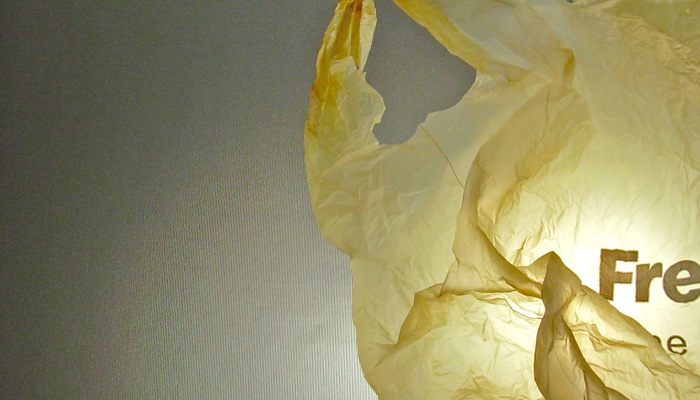
Analysis
The change of outside temperature over the change of inside temperature approached a constant heat flow after an hour of testing. An hour long testing period allowed the semi-guarded hot box to reach a consistent heat flow through the specimen face. We conducted numerous tests and averaged the final results.
(average final outside temperature)/(average inside final temperature) = Heat Flow Index
For the empty specimen wall we found a Heat Flow Index (HFI) of : 0.55085
R 13 Fiberglass Batt Insulation: 0.43414
Plastic bags : 0.46621
HFI (empty wall) - HFI (standard insulation) = Calibrated Heat Flow Resistance (standard insulation)
0.55085 - 0.43414 = 0.11671
HFI (empty wall) - HFI (bags) = Calibrated Heat Flow Resistance (bags)
0.55085 - 0.46621 = 0.08464
Heat Flow Resistance (bags) / Heat Flow Resistance (standard insulation) = Performance Ratio
0.08464 / 0.11671 = 0.72518
The bags resisted 72.5% as much heat as standard insulation.
(0.72518) x (R-13) = 9.34
We subtracted the HFI of the standard insulation from the HFI of the empty specimen wall. This shows that the standard insulation resisted 11.671% more heat than the empty specimen wall. We compared the standard insulation HFI to our grocery bag test and found that the bags had 27.482% less heat flow resistance.
We could then assume an R value of approximately 9.43 for our plastic bags.
Formulas and Number Crunching